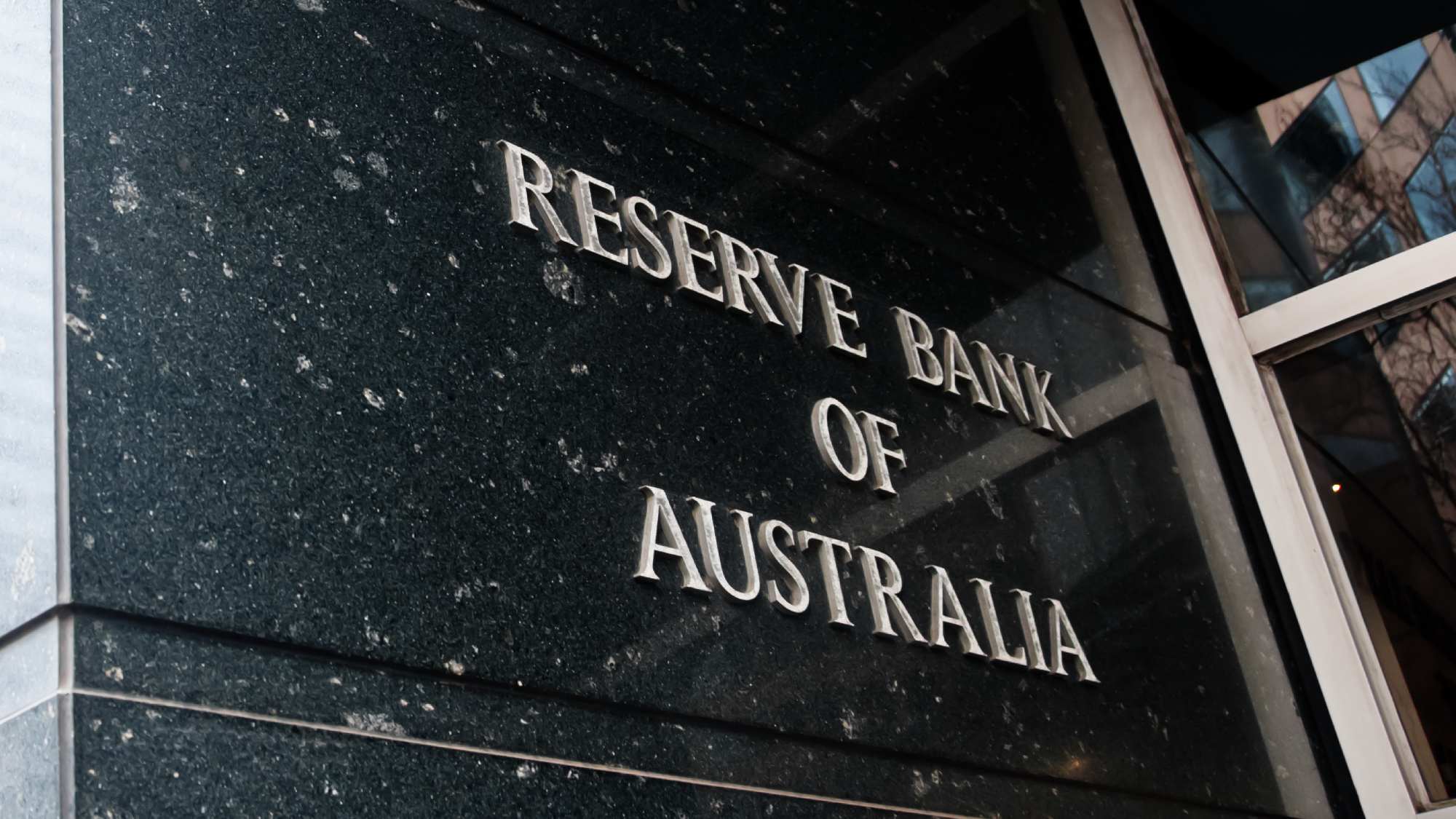As the market settles in to a new monetary policy framework post a review in 2022 and 2023, experts are calling on the federal government to play a greater role managing persistently high inflation.
The Reserve Bank of Australia (RBA) is in the process of implementing a raft of changes following the release of the RBA fit for the Future report, presented to the federal treasurer in March 2023.
The changes include moving to longer board meetings, as well as appointing a new chief operating officer and monetary policy board. One of the modifications is the shift to eight cash rate announcements each year, down from the previous 11 announcements each year.
“The new cash rate schedule gives the RBA more time to consider decisions and aligns the frequency [of cash rate announcements] with other major central banks,” says Stuart Dear, head of fixed income at investment managers, Schroders Australia.

For banks and financial markets, fewer cash rate decisions means more time for traders to speculate between announcements on the direction of the Australian dollar. This could lead to volatility in the fixed-income market.
“This could impact a bank's risk management and funding, especially when interest rate uncertainty is high,” says University of Sydney Business School lecturer, Dr Isaac Pan.
For consumers, the drop in the number of RBA meetings isn’t significant, but there may be market impacts.
“Going down to eight meetings a year isn’t material for borrowers, except the share market and the dollar won’t move as frequently as a result of cash rate announcements,” says Chris Bedingfield, principal and portfolio manager of boutique asset manager, Quay Global Investors.
While Australia’s monetary policy system has been tweaked post-pandemic, its main features are the same. For example, Australian mortgages will continue to be closely tied to the cash rate. This differs from countries like the US, where mortgage rates are typically set at the start of a loan’s 30-year term and remain the same throughout.
Pan says the Australian system provides financial stability. “Having floating-rate mortgages allows banks to pass through the cost of funding to borrowers and mitigates banks’ interest rate exposure. It’s one of the reasons the Australian banking system is among the safest in the world.”
This convention will remain, especially given local banks have limited incentive to offer long-term, fixed-rate mortgages if they raise the organisation’s exposure to higher interest rates.
“Thirty-year, fixed-rate mortgages are rare in Australia. Shorter term, two- three- or even five-year, fixed-rate mortgages are more popular. They are really the equivalent to floating-rate mortgages, just with less repricing frequency,” says Pan.
“We saw a surge of fixed-rate mortgages during COVID, mainly driven by the RBA’s term funding facility program, which provides short-term, fixed-rate funding to banks. Even still, floating-rate mortgages dominated the market. As soon as the TFF fully expires mid this year, expect the variable rate mortgage market’s size to dwarf fixed rate mortgages again,” he says.
Other factors mean a shift to the US system of 30-year, fixed rate mortgages is unlikely. There are around 4,000 commercial banks in the US, so competition is a driver for them to offer fixed-rate mortgages and bear the funding risk.
The nature of the US securitisation system, where government-sponsored entities such as Fannie Mae and Freddie Mac buy mortgages from banks and provide guarantees, further limits banks' risk exposure if they offer fixed-rate mortgages.
Broadly, Bedingfield says it’s important to recognise the RBA’s ability to set the cash rate is just one lever that can influence inflation and governments have a role to play. The RBA has a target to keep the inflation rate between two per cent and three per cent each year.
“As a system, monetary policy’s track record managing the economy and inflation is very poor. What the RBA is doing is constricting supply even further by raising interest rates and preventing, or at least discouraging, investments in new capacity,” he says.
“Monetary policy is like hitting the brake and the accelerator at the same time and hoping the brake works. It's like saying we're going to increase taxes for anyone who has a mortgage and we're going to give tax cuts to anyone who doesn't have a mortgage. But what we've seen in the US is the accelerator overpowering the brake, because the economy is accelerating.”
Raising rates has a cascading effect through the economy and housing system. Financing becomes expensive for property developers and builders when the cash rate rises, then people become uncertain about whether they can afford new homes. This constrains housing supply, pushing up rents, which is opposite to the effect putting rates up is designed to achieve in controlling inflation.
“The ideal system is a stronger response from the federal government,” says Bedingfield.
He points to Europe, where state governments are using measures other than interest rates to control inflation, which is sitting at around 2.4 per cent, from a peak of 11.5 per cent in October 2022. For instance, the European Union currently has emergency gas prices in place to help control consumers’ energy costs. Australian CPI is at 3.6 per cent.
“The Australian government has a hands off approach and uses monetary policy as the transmission mechanism [to control inflation]. It’s really a long stretch, as we've seen by the effort,” says Bedingfield.
In terms of the future, in March the RBA endorsed a plan to operate with ample reserves with full-allotment auctions. This is a step back from the excess system introduced during the pandemic. Details of the system are expected later in the year.
Pan says operational advantage is the main reason the ample reserve system was chosen, based on recent RBA minutes.
“It allows the size of the reserve and liquidity supply to be demand driven, rather than determined by the RBA's estimated demand.”
Theoretically, the new system would allow the market to respond quickly to systematic liquidity events and improve financial stability. Banks may need to refine or develop new IT systems to incorporate this change into their existing liquidity management designs.
Details of the ample reserves system are expected to be considered by the RBA later in 2024.

Stay ahead in your field with the Professional Refresher Package. This program, arranged in partnership with The Chartered Institute for Securities & Investment (CISI), equips you to learn about the latest industry trends, broaden your knowledge across the entire financial ecosystem and build the skills needed for your current and future roles.
Financial Services Basics
These modules provide a well-rounded introduction to the essential components of the financial services industry. Some of our most popular modules include Bonds Essentials, Derivatives, Share Trading, Investment Planning and more.
Investment Products and Investment Markets.
This topic equips you with the knowledge to confidently build a diversified and resilient investment strategy for your unique financial goals. Modules include ETFs, Hedge Funds, M&A, Securities Financing and more.
Enrol before 02 August to access the full package of over 60 courses including the above topics for just $150 + GST (Non-members $200 + GST).








